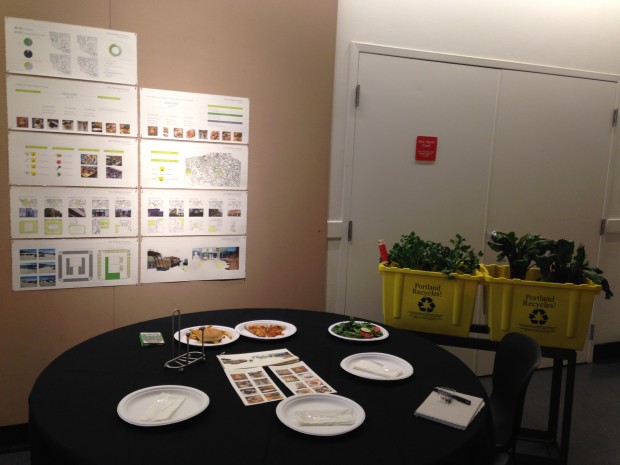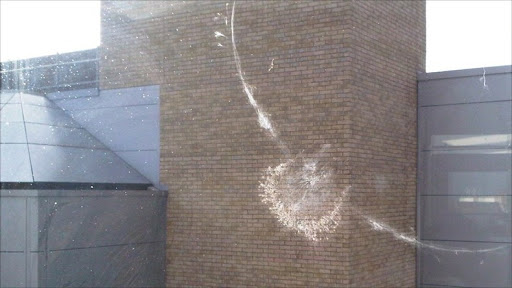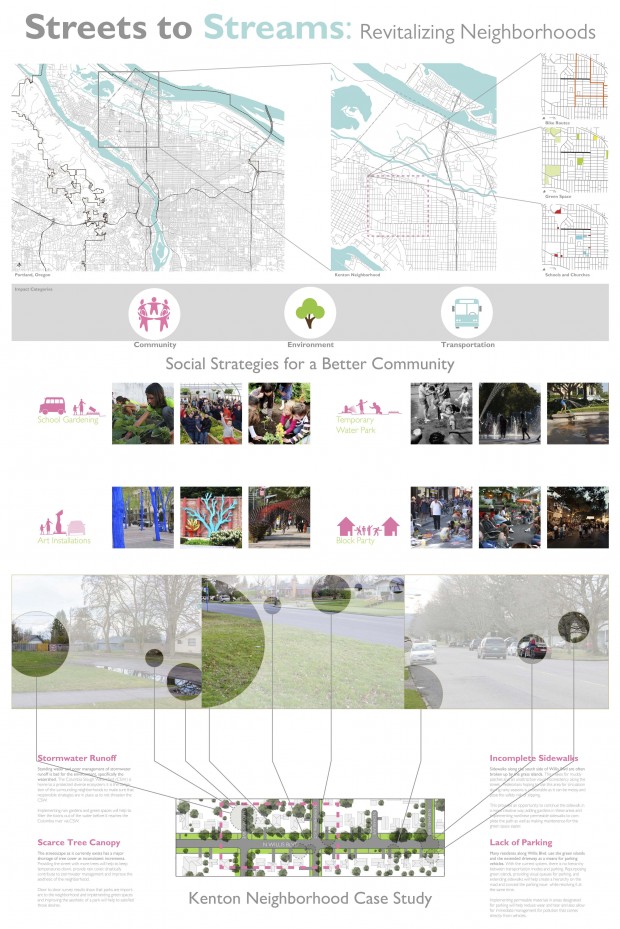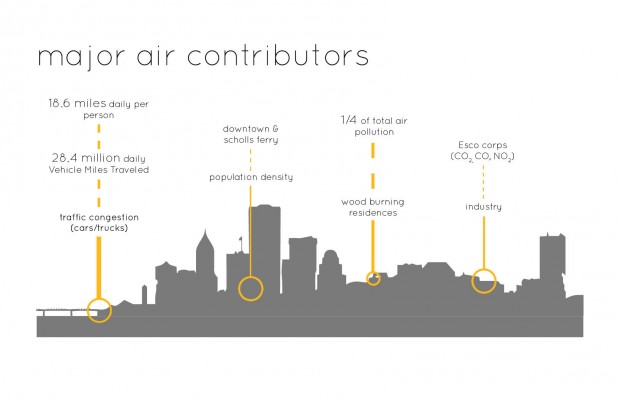Networked Urbanism
design thinking initiatives for a better urban life
apps awareness bahrain bike climate culture Death design digital donations economy education energy extreme Extreme climate funerals georeference GSD Harvard interaction Krystelle mapping market middle east mobility Network networkedurbanism nurra nurraempathy placemaking Public public space resources Responsivedesign social social market Space time time management ucjc visitor void waste water Ziyi
A video about humidity (and water) in Bahrain.
By Carolina Yamate & Nan Liu, 2014.
More info about migrant workers in Gulf countries can be found here: http://gulflabor.org/
Tintin & Hayrettin. 2014
Carolina & Hayrettin. 2014.
I hope early summer is finding you all well. I am on my short break between Spring and Summer term, so I thought I’d give you an update on the Bird’s Striking Building project.
Since March, I have been working with the City of Portland’s Bureau of Sustainability who had created the Bird Friendly Design Guide. They are currently creating a policy that will require bird-friendly design in any new or remodeled city/government projects that are in high-risk zones for bird strikes. They used the video as part of the process of creating their legislation (and were very thankful and complementary!) and they have also had me help them review the actual written legislation/code.
The American Bird Conservancy has also contacted us and wants to use our video for the lobbying they do in Washington DC. Since the video was Portland based, we are talking about altering it for a general audience. Currently, Liz and I are in talks with their marketing coordinator about this. They may end up hiring a professional crew – IE – they have a real budget for actors – their last video had Richard Chamberlain as the narrator. Even if that happens, Liz and I will be involved and they will credit both of us (and PSU).
Recently, I’ve been talking with Portland State University’s Sustainability Office as they are now internally discussing the issue. They are considering working on the windows at the Rec Center and the University President’s office. The Rec Center is the location that Liz and I tried to film the bird ghost but were run off because we couldn’t get permission to film in time.
The Portland Audubon has posted our video at http://audubonportland.org/issues/metro/bsafe/birdsafe
Also, Ornilux, the “spider web” glass manufacturer has posted the video on their website http://www.ornilux.com/bird-
Well, I’m now going to be spending the summer deciding on my thesis topic for this next year. The bird’s are definitely on my mind, but I am also considering other city-animal habitat interactions. My contacts at the Audubon and the City of Portland’s Bureau of Sustainability will be people I will get in touch with to discuss thesis ideas. The Networked Urbanism project has given me the opportunity and contacts that will take me forward in my career.
Thank you! ;-)
Karina

About 2047 students live in campus housing, of which only 400-600 students are freshmen. All freshmen that live in campus housing are required to sign up for a meal plan. The meal plan consists of a specific number of meals that they eat at Victor’s cafeteria (food is cooked there) in Ondine (one of the dormitories on campus) and dining dollars that they can spend at three different locations on campus; two coffee shops and a cafeteria that houses various food chains. All the food sources that fall under the meal plan are owned by Aramark (a company that provides services in food, facilities management, and uniforms) or have a contract with them.
The problem with the current food served by Aramark is (more…)
PROJECT STATEMENT
The problem is the future strain on Portland’s transportation infrastructure, due to the expected population growth of 1 million people by the year 2040.
Portland is expecting to become denser, and though Portland’s population has increased, the congestion of traffic has not. This is due to Portland’s predominant bike culture. Portland is America’s biking capital, with a bicycle commuter rate of 6.3% vs. the national average of 0.61%. There is already an existing system of bicycle pathways through the city of Portland, so building new infrastructure is not the way to generate more cyclists.
Our intent is to help Portland reach the modal split goal of 25% bicycle trips taken by the population inside the metro area. (more…)
The contemporary Urban neighborhood of houses in the United States still reflects a collection of individual who are connected as a community in how they use there space. The house offers the ability to personalize the exterior space of your home in, is often more connected to neighborhood associations, and is integrated amongst other houses. The apartment complex however often lacks the same amenities afforded home owners. Apartments often lack opportunities for tenants to socialize. This creates a situation where many people live close together without awareness of one another. A connected community helps to promote participation in neighborhood decisions, encourages good mental health, and supports safer spaces. (more…)
In The Derty Boyz, our initial project was to completely remove pavement and restore natural habitats in the form of urban forests, wetlands, and gardens public gardens around the downtown area. The issue is the lack of specificity in the problem we were attempting to identify. We traveled to north Portland in hopes of finding areas that suited the general idea we initially came up with. This area became N Willis Blvd; this meant that we tried finding a solution before we identified the issue. Wanting to stick with the same general concept of natural restoration we found a way to make N Willis Blvd. fit our needs by taking a deeper look at the issues that were both obvious, and that involved further research and came from contacting the neighborhood association.
Streets to Streams are now our new topic, rooting from the channels of water that once ran through the streets that were now main corridors for commuters. (more…)
Using QR Codes to Raise Awareness of the Problem of Homelessness: Mart Schaefer
These are 3 strategies that will hopefully inspire other creative people out there. Use your skills and develop new tactics to give homeless people the voice they need to be heard by the public.
Note: The film clip at the beginning of this video IS NOT MINE. it’s from a short film by John Elerick called “Spare Any Change?”. I thought it was funny and it sparked my imagination early in the design process.
Problem
In 2013, the estimated number of people in Portland considered homeless varied between 3,000 and 15,000 depending on how strictly the term was defined. They all shared something in common, however… they are virtually invisible to the rest of Portland’s population. In order to get help, the homeless need to get noticed. And in order to get noticed, the homeless need to employ tactics that will help them catch the public’s attention.
Strategy
The creative class has unique problem solving skills that can be applied to this situation. The following ideas were developed as an example of what could ultimately evolve into a suite of guerrilla social tools that could be used to combat the invisibility of the homeless. (more…)
Objective: To increase public awareness of air quality and improve upon existing initiatives to allow individuals to positively engage with the information.
Our project aims to engage the public in a user friendly manner to help raise awareness and inform daily habits. It does this in three phases of involvement: (1) awareness: through the sensor grid; (2) engagement; through the online interface mapping; and (3) commitment; by engaging individuals in the cause to improve air quality and empowering them with personal monitoring devices.
This project lays a foundation for further implementation of air awareness initiatives in Portland, OR. (more…)
« Previous 1 … 7 8 9 10 11 … 38 Next »


